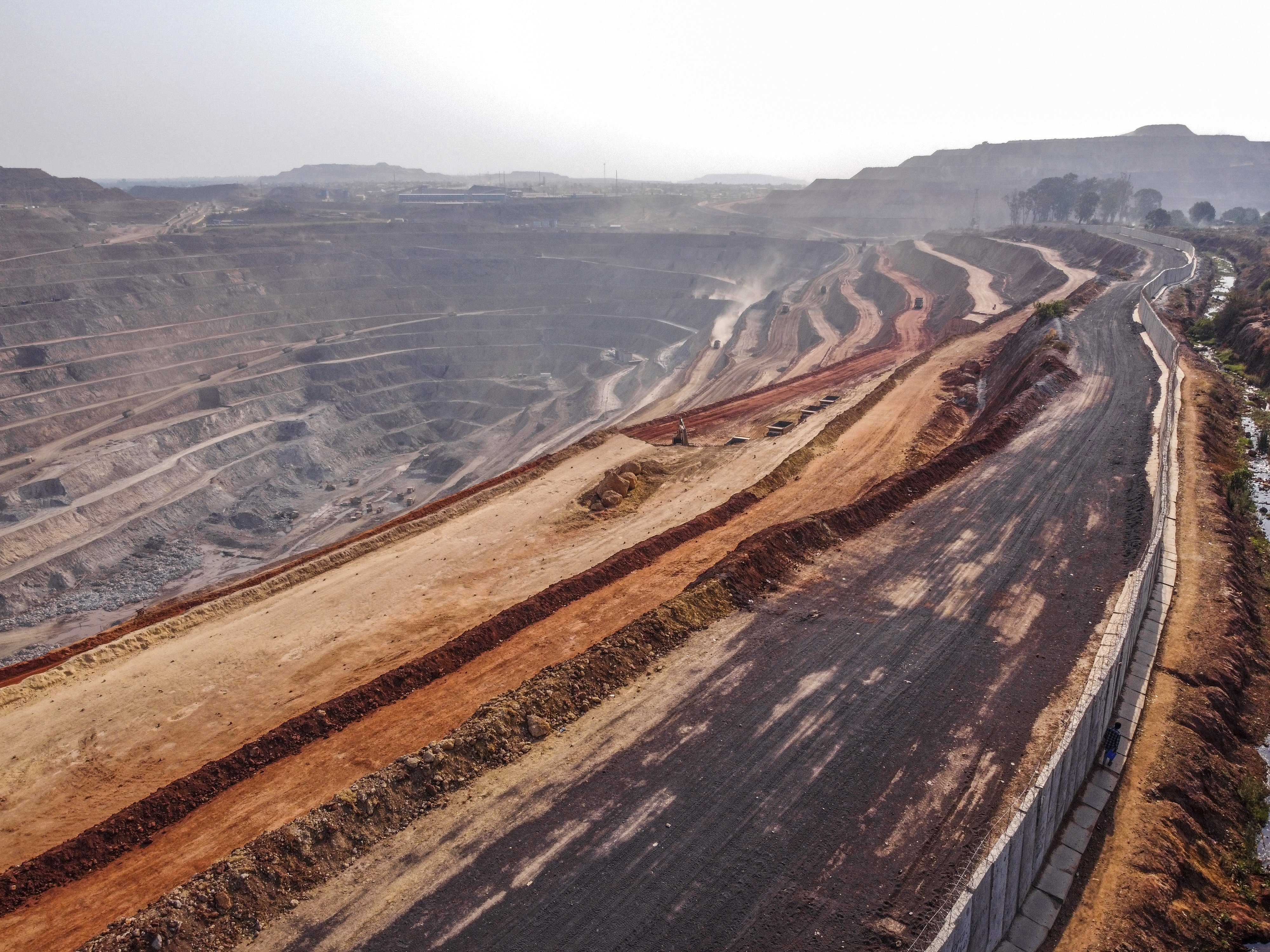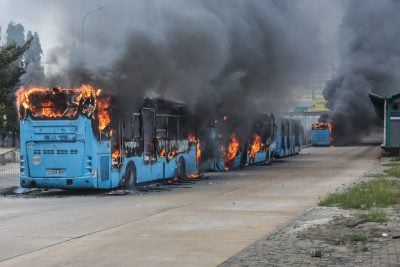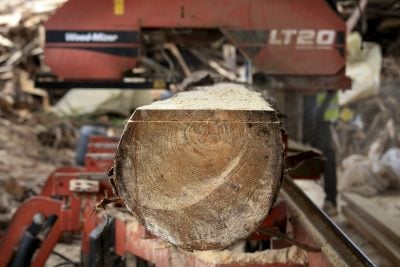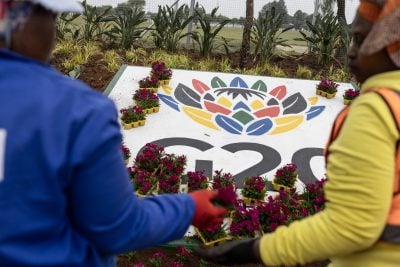COP30 marks a pivotal moment for African nations as they navigate a complex landscape of climate diplomacy.
Africa enters COP30 with heightened expectations following the disappointing outcomes of COP29 and armed with renewed unity from the second African Climate Summit (ACS2). The continent contributes only 3-4% of global greenhouse gas emissions yet bears disproportionate climate impacts.
The Africa Green Minerals Strategy (AGMS) and the recent International Court of Justice advisory opinion on climate change add legal and moral urgency to this year’s talks. The ruling affirms that states have binding obligations to protect the climate system and that failure to act may constitute internationally wrongful conduct.
For Africa, this ruling provides both legal leverage and moral authority in demanding climate justice.
The Addis Ababa Declaration from ACS2 reframes Africa not as a climate victim, but as a solutions provider and renewable energy powerhouse. This repositioning follows frustration with COP29’s outcomes, where the pledged $300bn annually by 2035 fell far short of the $1.3 trillion demanded by African negotiators, an outcome condemned as “unacceptable and inadequate.”
The Belem Action Mechanism (BAM) seeks to operationalise the just transition framework under the UNFCCC by improving coordination, knowledge exchange and access to non-debt finance. This is precisely what African countries have long demanded.
Critical minerals context
COP30 also provides an opportunity to redefine how Africa’s vast critical mineral wealth contributes to the global green transition. The continent holds some of the world’s richest deposits of lithium, cobalt and manganese. But it only captures less than 2% of the value in mineral value chains.
The UN Secretary-General’s Panel on Critical Energy Transition Minerals projects that demand for these resources will triple by 2030 and quadruple by 2040. Its guiding principles, especially those on value addition, fair investment and benefit sharing, reinforce Africa’s case for binding commitments on domestic processing before export; mandatory technology transfer; climate finance for processing infrastructure; and recognition of Africa’s lower-carbon processing powered by renewables.
However, Africa captures less than 2% of the value in mineral value chains, with most extraction serving overseas processing and manufacturing. The Addis Declaration and the AGMS signal African countries’ growing determination to move beyond raw-material extraction toward industrialised economies.
Four priorities
To achieve a just outcome for African nations, COP30 must deliver on four key priorities.
COP30 must formally back the AGMS, the continent’s roadmap for turning mineral wealth into sustainable development. Its four pillars, mineral development, skills and technology, value-chain building and stewardship, require tangible support through finance and partnerships.
An Africa Green Minerals Development Fund, capitalised at $50bn, should anchor this effort. It would prioritise local value addition, technical training and regional industrial hubs that strengthen intra-African linkages. Backing the AGMS means backing Africa’s shift from raw-material exports to low-carbon industrialisation.
Second, COP30 should set a continental target of 70% value addition by 2035 for all critical mineral exports. Access to African resources must come with binding commitments on technology transfer, skills development and infrastructure investment.
Global frameworks should make in-country processing a condition for trade preferences and climate finance. Rather than fragmented partnerships, COP30 must deliver a coordinated international approach that matches global investment while respecting African ownership of its resources.
Third, COP30 should formalise support for the creation of regional critical mineral processing hubs that enable economies of scale and strengthen South–South cooperation. The AU Critical Minerals Coalition offers the ideal platform for this coordination. While the AGMS sets the framework, implementation demands dedicated institutional capacity and financing.
African countries should prioritise operationalising the Coalition by equipping it with technical advisory capacity, shared negotiating expertise and legal resources to help members develop model legislation and harmonise regulations. Such harmonisation would reduce compliance costs, attract investment, and encourage cross-border value-chain development.
Africa must diversify its mineral partnerships beyond traditional donors. Brazil’s COP30 presidency presents new opportunities for South–South collaboration that could reshape global mineral governance. Similarly, the expanded BRICS membership provides alternative financing and technology pathways that align with African development priorities.
Support mechanisms should also catalyse domestic and regional financing for mineral processing, through instruments such as the proposed African Climate Facility and continent-specific carbon markets, to ensure Africa’s minerals finance Africa’s own industrial future.
Lastly, COP30 must reform carbon accounting systems that penalise African mineral processing under the EU’s Carbon Border Adjustment Mechanism (CBAM). Current rules ignore Africa’s renewable-powered production, imposing tariffs that could cut exports by up to 35%.
New Africa-specific carbon methodologies should recognise lower-emission processing and channel revenues into African decarbonisation. Without this correction, CBAM risks becoming a new form of green protectionism that locks Africa out of value-added trade.
Success at COP30 should be measured not by speeches but by commitments:
• A $100bn Africa Green Minerals Development Fund;
• Binding 70% value-addition targets by 2035;
• Mandatory technology transfer and R&D localisation;
• Fair carbon accounting that recognises Africa’s renewable advantages; and
• $30bn in infrastructure for regional industrial hubs.
COP30 is a defining moment for Africa’s mineral sovereignty. The continent stands at the intersection of climate urgency and technological transition. The choice is clear: enable Africa to become a mineral-processing powerhouse or entrench extractive patterns that undermine both climate and development justice. For the world’s clean energy transition to be truly just, it must also be African-powered.
Want to continue reading? Subscribe today.
You've read all your free articles for this month! Subscribe now to enjoy full access to our content.
Digital Monthly
£8.00 / month
Receive full unlimited access to our articles, opinions, podcasts and more.
Digital Yearly
£70.00 / year
Our best value offer - save £26 and gain access to all of our digital content for an entire year!

 Sign in with Google
Sign in with Google 



